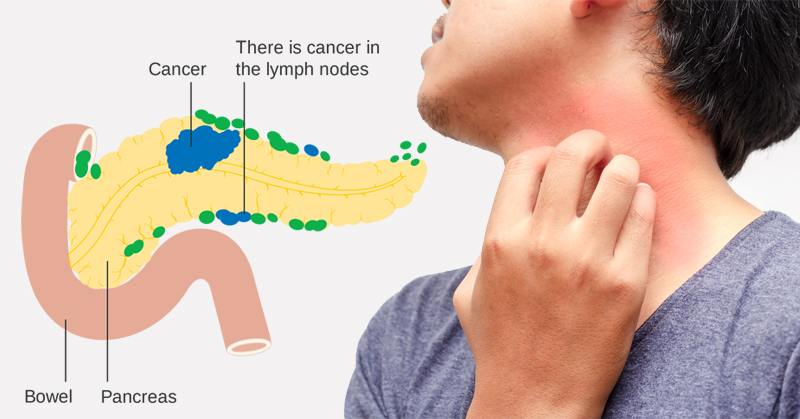SHAFAQNA- Australian scientists say a “one-two punch” approach could boost survival chances of people with the deadliest form of cancer.
The technique involves “priming” pancreatic tumours by targeting surrounding tissues with a drug that opens blood vessels, before starting chemotherapy three days later.
Tests on mice and human cancer samples in the lab, outlined this morning in the journal Science Translational Medicine, found that the approach doubled survival time and hampered the spread of mutated cells.
Pancreatic tumours are the fifth biggest cancer killer in Australia and carry the bleakest prognosis. Only about 7 per cent of patients survive five years past diagnosis, and only about 1 per cent with advanced tumours.
A new treatment, which combines the chemotherapy drugs gemcitabine and Abraxane, has extended average survival by only nine weeks. But co-author Marina Pajic said far greater improvements were on the horizon.
She said genomic testing of tumours could also be used to guide decisions. “We have to develop tailored treatments for this disease to make each patient’s survival much more significantly better, and (provide) real treatment options,” said Dr Pajic, a pharmacologist with the Garvan Institute in Sydney.
The new study appears to resolve a longstanding debate over whether treating the “stroma” — the mass of connective tissue, blood vessels and cells in which the tumour is embedded — can make pancreatic cancers more susceptible to chemotherapy.
“We’ve been able to show for the first time that it’s crucial to treat the stroma first and the tumour second, and to finetune the treatment timing to maximise (the) outcome while minimising side-effects,” said team leader Paul Timpson.
The researchers tracked the molecular level impacts of the approach, using cutting-edge microscopy and “fluorescent quantum dots” in the bloodstream. They found that the priming drug made the stroma weaker and more responsive to chemotherapy, while the blood vessels became “leaky” — enabling chemotherapy drugs to reach the tumours more easily.
The priming drug chosen was Fasudil, a stroke treatment used in hospitals in Japan. It is off patent, making it a potentially cheap therapy for cancer patients.
Dr Pajic said clinical trials of the new approach would be required, because Fasudil had never been combined with chemotherapy in human patients. But the drug’s established safety record meant trials could take as little as three years, unlike the 5-10 years typically needed to test new drugs.


